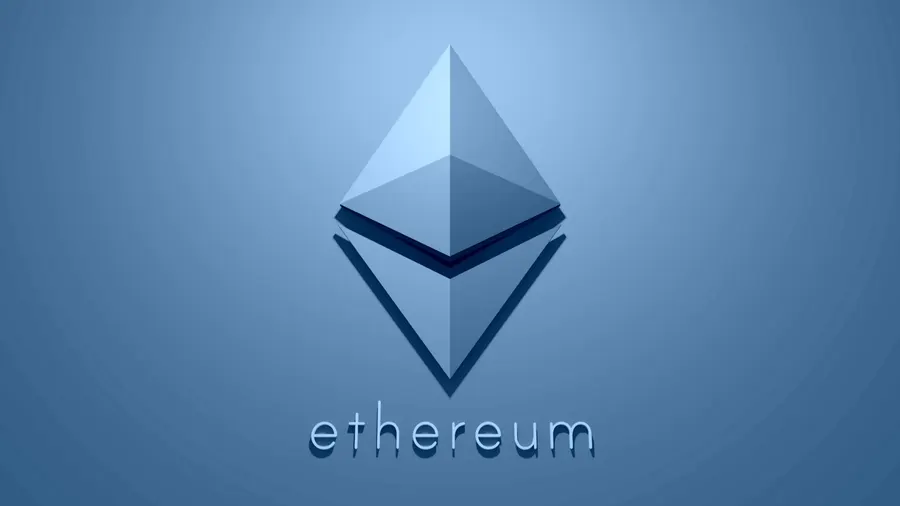Ethereum (ETH) stands as a cornerstone in the realm of cryptocurrencies, renowned for its pioneering role in enabling decentralized applications (DApps) and smart contracts. Launched in 2015 by Vitalik Buterin and a team of visionary developers, Ethereum has transformed the landscape of blockchain technology, offering a versatile platform for innovation, experimentation, and collaboration.
At its core, Ethereum is a decentralized blockchain network that allows developers to build and deploy smart contracts and DApps without the need for intermediaries or centralized authorities. Smart contracts are self-executing contracts with the terms of the agreement directly written into code. These contracts automatically enforce and execute the terms of the agreement when predefined conditions are met, eliminating the need for traditional legal frameworks and intermediaries.
One of Ethereum’s most significant contributions to the blockchain ecosystem is its support for Turing-complete programming languages, which enables developers to create complex and customizable smart contracts and DApps. This flexibility and programmability have led to a proliferation of innovative projects and use cases across various industries, including decentralized finance (DeFi), non-fungible tokens (NFTs), decentralized autonomous organizations (DAOs), and more.
Ethereum’s native cryptocurrency, Ether (ETH), serves as the fuel for the Ethereum network, powering transactions, executing smart contracts, and incentivizing network participants. Ether can be traded on cryptocurrency exchanges, used as a form of payment for goods and services, and staked in the Ethereum 2.0 proof-of-stake (PoS) consensus mechanism.
One of the most anticipated developments in the Ethereum ecosystem is the transition from the current proof-of-work (PoW) consensus mechanism to a more energy-efficient proof-of-stake (PoS) mechanism. Ethereum 2.0, also known as Eth2 or Serenity, aims to address scalability, security, and sustainability concerns by introducing sharding and PoS consensus. Sharding partitions the Ethereum blockchain into smaller, more manageable fragments called shards, allowing for parallel transaction processing and increased throughput. Meanwhile, PoS replaces energy-intensive mining with a more environmentally friendly staking mechanism, wherein validators are chosen to create new blocks and validate transactions based on the amount of Ether they hold and are willing to lock up as collateral.
In addition to scalability and sustainability, Ethereum 2.0 promises to enhance the security and decentralization of the Ethereum network, making it more robust and resilient against potential attacks and vulnerabilities. The transition to Ethereum 2.0 is being rolled out in multiple phases, with each phase introducing new features and improvements to the network.
Despite its undeniable success and widespread adoption, Ethereum faces challenges such as scalability limitations, high transaction fees, and competition from rival blockchain platforms. However, the Ethereum community remains committed to overcoming these obstacles and advancing the platform’s mission of decentralization, interoperability, and innovation.
In conclusion, Ethereum has emerged as a transformative force in the world of blockchain technology, empowering developers, entrepreneurs, and users to explore new frontiers of decentralized innovation. With its flexible architecture, vibrant ecosystem, and relentless pursuit of progress, Ethereum continues to shape the future of finance, technology, and beyond. As we look ahead to Ethereum 2.0 and beyond, one thing is certain: the Ethereum revolution is just getting started.
